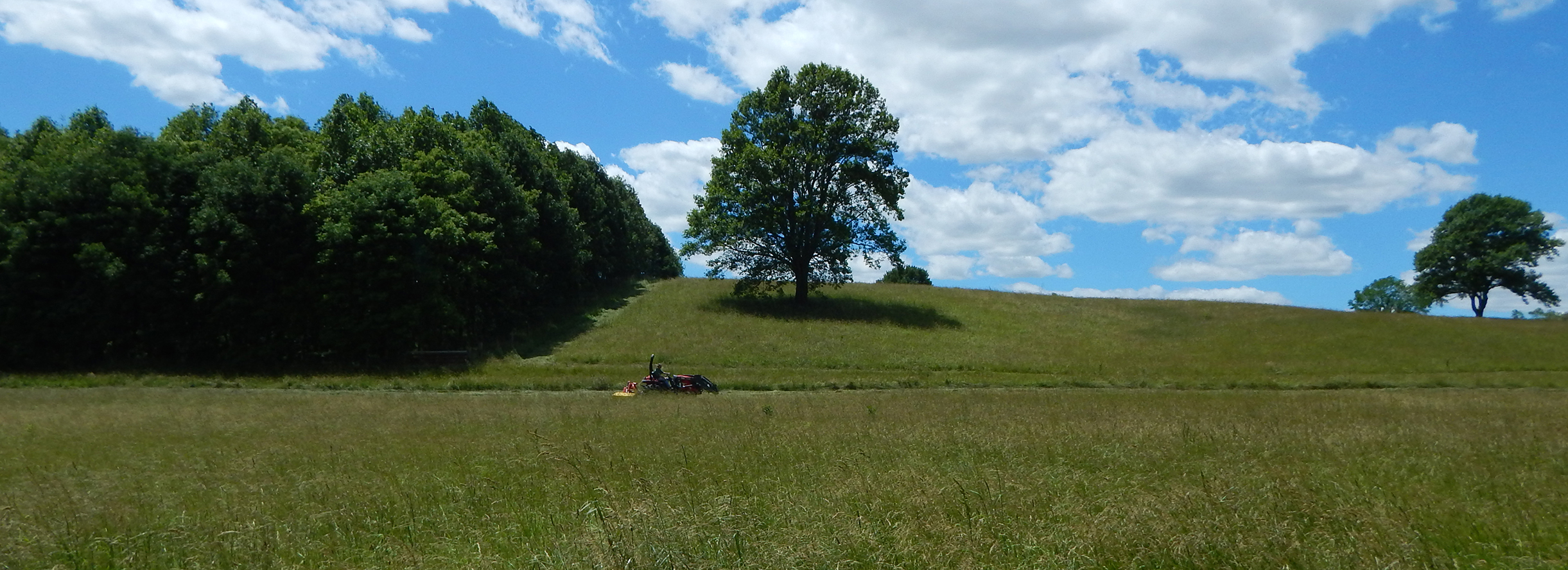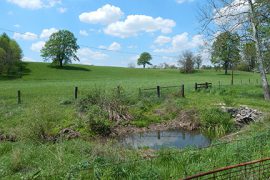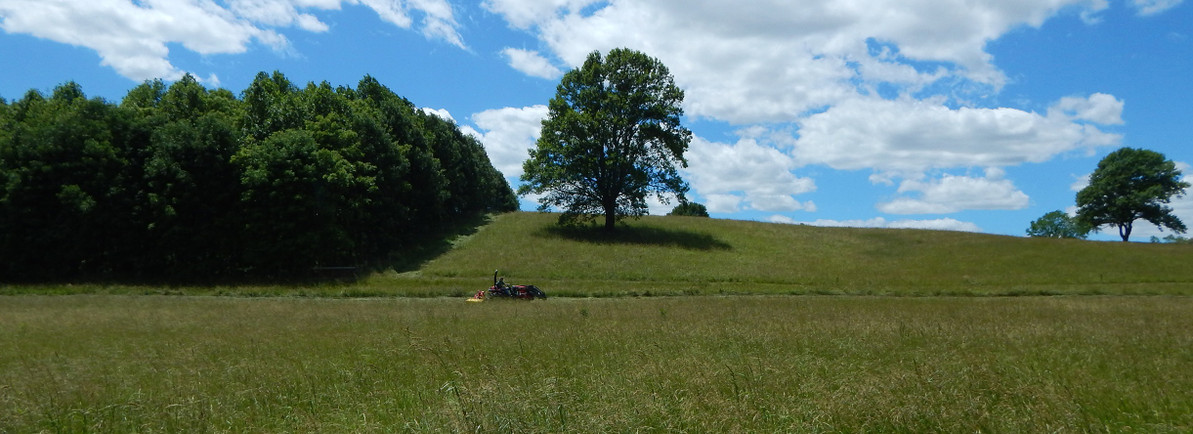Assessing Small Farm Equipment Needs

With a new year approaching, it’s time to assess your small farm’s equipment needs. The slower pace provided by long winter nights and dormant fields provides some time to research those needs. Let this blog serve as a kick-start to establishing or improving your small-farm equipment inventory by providing you with a list of criteria our own company uses when choosing what machinery to stock. Did you know that Tractor Tools Direct started on a small farm like yours? Owner and President Pat Goodwin began this business venture through his own personal and necessary search for a “different” type of farm machinery for his 28-acre farm – machinery that fit the budget and acreage of a small farm. Through his process to more efficiently equip his own family farm, Pat found that the criteria he used to choose his equipment was not “different” from the criteria used by so many others out there and thus became the criteria he uses when choosing the inventory for Tractor Tools Direct.
These criteria include:
-
Versatility.
 A chosen tractor and its implements need to be able to be used in a variety of environments including pastures, lawns, tree rows, drainage ditches, hills and roadsides – including steep slopes. Any tractor should also prove to be versatile in implement attachment ability. It should be able to be used with a plow, forklift, mower, tedder, rake, baler and several different styles of trailers.
A chosen tractor and its implements need to be able to be used in a variety of environments including pastures, lawns, tree rows, drainage ditches, hills and roadsides – including steep slopes. Any tractor should also prove to be versatile in implement attachment ability. It should be able to be used with a plow, forklift, mower, tedder, rake, baler and several different styles of trailers. - Longevity. Any equipment needs to be able to serve multiple generations of family well. Furthermore, should the time come when the equipment is no longer be needed, it should be of high enough quality that its resale value remains high.
- Durability and Dependability. With all of the demands surrounding the life of a small-farm operator – raising children, a full-time job, countless other farm chores – any equipment needs to be able to be counted on to work the first try each and every time it is pulled from the shed.
- Ease of maintenance. In order to keep any machinery in good working order, preventive maintenance and sometimes repair are necessary. A tractor and its implements need to be of a simple enough design that owners can easily perform such work themselves. Any equipment purchased should also be of a brand for which parts are readily available.
- Ease of use. Equipment needs to be lightweight and user-friendly. Implements should be easy to lift and move when they need to be removed or attached. Any baler should produce a size of a bale that can be handled by all farm workers regardless of their size and age.
- Safety. As with any equipment, safety must come first. Equipment must beable to be safely used on the contours of ditches, hills and roadsides. Only equipment brands that take the prevention of tractor roll-overs (one of the leading causes of death from such equipment) seriously in their designs should be considered.
- Scale and Affordability. You shouldn’t have to pay for equipment that is scaled far beyond your farm and business needs. Yes, standard-sized machinery might be easier to find but it is often overkill for small-acreage farms and inconvenient for use in the small areas (between tree rows, along pasture edges etc.) where it is very commonly needed. You should not have to pay for more equipment than you can use or give up the shed space that’s necessary to store standard-sized equipment.

Using these criteria, Pat was not only able to successfully equip his own small farm, he was able to launch an entire online small-farm equipment business to meet the needs of others.
These criteria can also be used by you, the small-farm operator, when choosing how to best meet your small farm’s equipment needs. Now’s the time to get started. It’s only a few short months until first cutting. Make sure you have the right tractor and the right implements for job.
Recent Posts
-
Boost Pine Straw Production Efficiency with Ibex Mini Round Balers
At Tractor Tools Direct, we're known for our high-quality hay equipment tailored for small farms …Dec 8th 2025 -
How to Winterize Your Tractor: Essential Maintenance Tips to Protect Your Investment
Farm equipment is one of the most valuable investments a farmer can make. At Tractor Tools Direc …Dec 1st 2025 -
Farm Tax ID Explained: Benefits, Eligibility, and How to Apply
As the end of the financial year approaches, it's a great time for small farmer operators to rev …Nov 12th 2025




